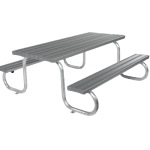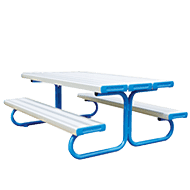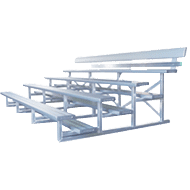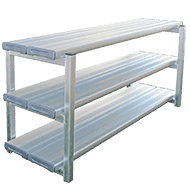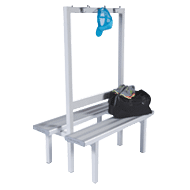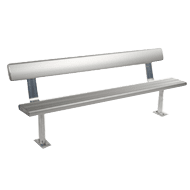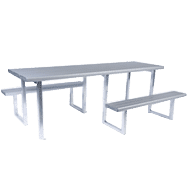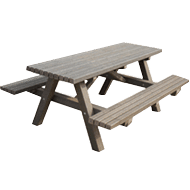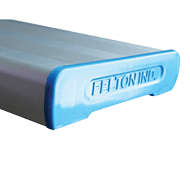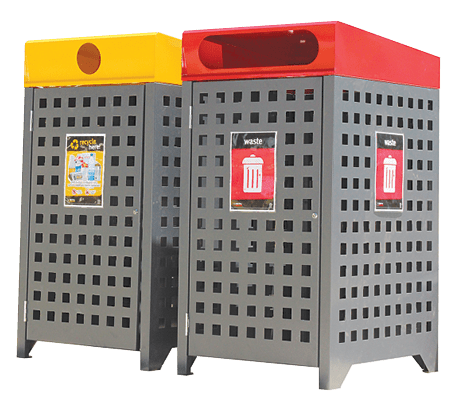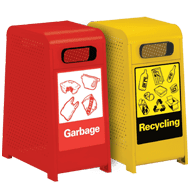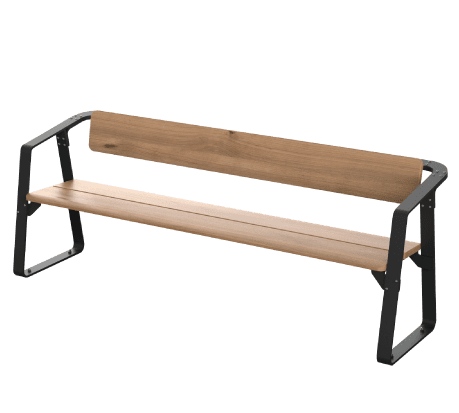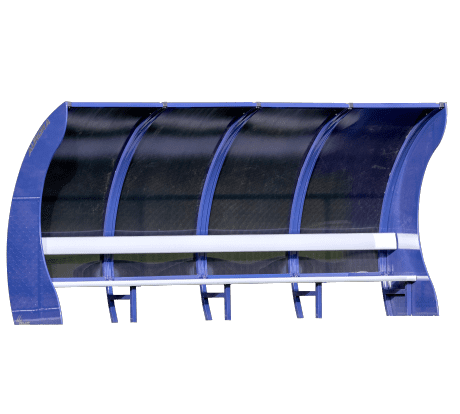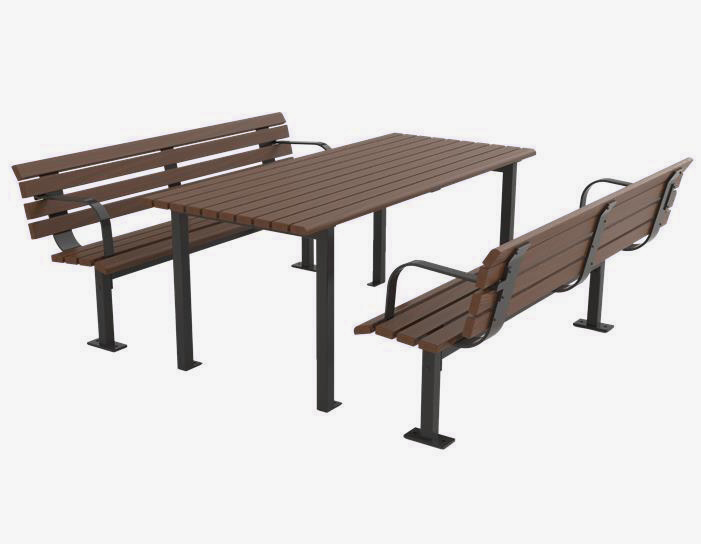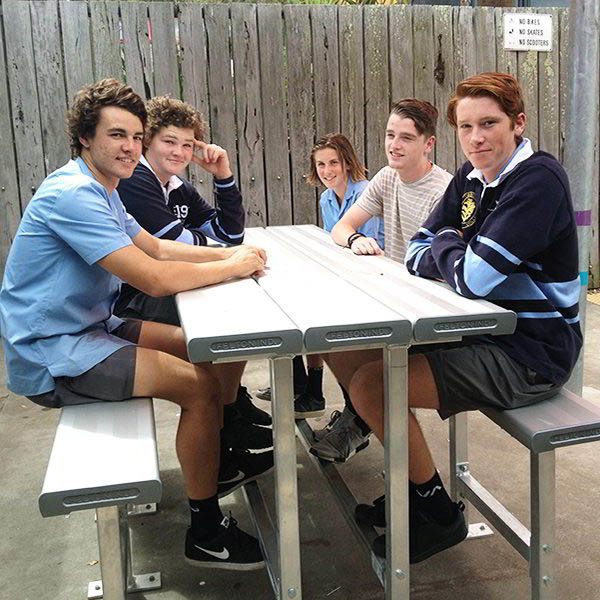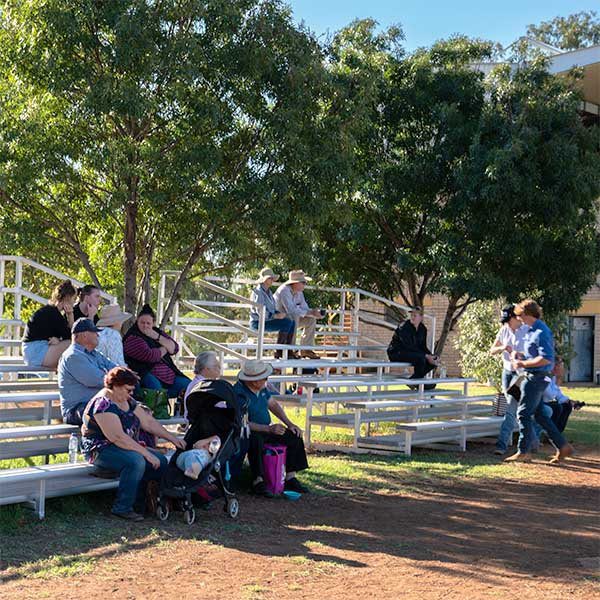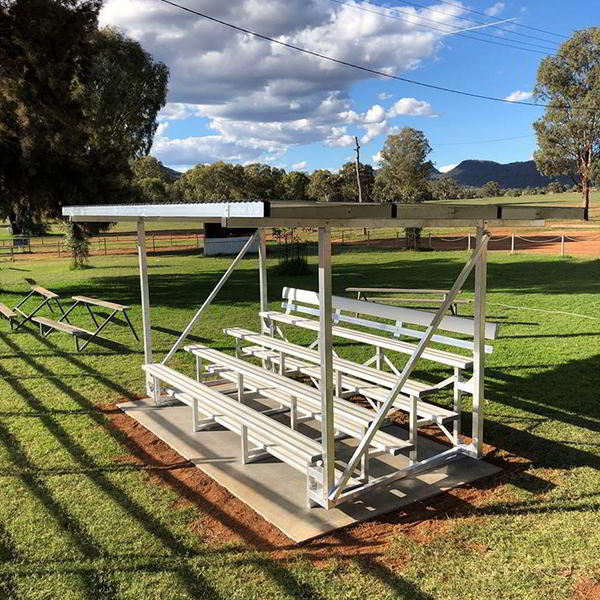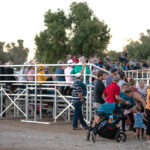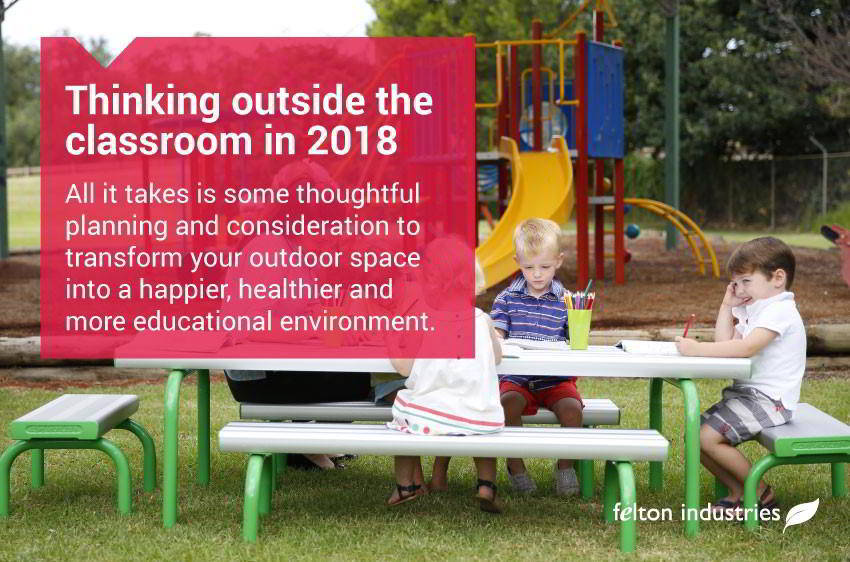
Thinking outside the classroom
According to government research, children who spend more time outside learn better and have stronger physical and mental health. They’re also more likely to be environmentally aware, with an enhanced sense of creativity, better teamwork and problem-solving skills. Most of Australia is blessed with a warm climate, minimal rainfall and low winds year-round, making our great outdoors a bountiful learning environment. Yet, despite all this potential, the natural landscape is still an underused resource for many Australian schools. All it takes is some thoughtful planning and consideration to transform your outdoor space into a happier, healthier and more educational environment. Here are some important things to consider when furnishing your school’s outdoor areas:
Facilitating stronger learning
Taking learning outside can give the curriculum real-world relevance for students, providing a welcome change in scenery from the classroom. While many teachers avoid outdoor lessons thinking they’re disruptive and impractical, this isn’t the case. In fact, there are many ways you can create a more productive outdoor learning environment by simply choosing the right furniture. Small changes can go a long way. For example, opting for Laminex as opposed to wooden tabletops can make writing and drawing far more practical, while free standing benches can be shaped to suit the unique requirements of each class. By selecting the right outdoor furniture, schools can maximise learning in new, innovative and enjoyable ways.
Social and inclusive play
For many Australian children, the playground is just as important as the classroom – it’s the place of fresh air, sport, play, fun and laughter. The way the outdoor environment has been set up and furnished can have a big impact on children’s behavior, frame of mind and safety during playtime. For example, 4-sided pedestal park settings will encourage face-to-face interaction, but will also force students to split into groups. On the other hand, a single line of seats will reduce the flow of face-to-face communication but ensure less clustering. By placing structures in certain spaces and leaving others bare, you encourage certain activities and discourage others, so it’s important to consider the social implications your furniture might have.
Protection from the sun
Undercover areas are key to protecting students and staff from the hot sun. It’s important to remember that you can still be affected by UV radiation, even in the shade. This is why it’s essential to take into account issues like reflective radiation, shade material and product lifespan when developing shaded areas. Plus, you also shouldn’t forget other factors like temperature control, noise, ventilation and visibility – there’s no point offering shade if it’s not comfortable for children. Different furniture will have a different effect, so be sure to consider a variety of options before making a decision.
Durability and maintenance
Not all furniture is equal when it comes to withstanding the tests of time. While some materials might look and feel great when they’re first installed, they deteriorate at a quicker rate. For example, timber is far more prone to rain and heat erosion, causing problems like splintering and exposed metal over time. On the other hand, regular steel is prone to rust, while aluminium is far more resilient. It’s important to remember that while a durable, high-quality material might involve a larger outright cost, it will likely cost you less in the long term, saving you from the fees associated with ongoing maintenance, cleaning and repairs.
As a wholly Australian owned and operated business, nobody understands the requirements of Australian schools like Felton Industries. We’re committed to providing the highest quality of outdoor solutions, ensuring schools across Australia have the most comfortable, safe and aesthetically pleasing outdoor experience possible. For more information about outdoor furniture tailored to your unique needs, get in touch with our friendly team today.

Stronger Spaces Start With Our End of Year Savings

Game On: Smart Grandstand Choices for Every Budget
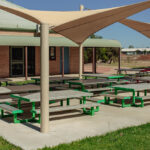
Top Five Outdoor Study Spots on Campus and How to Furnish Them
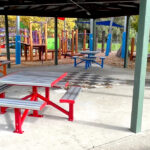
Why Schools Love Aluminium for Busy Playgrounds
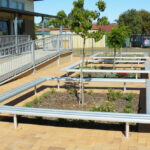
Transform Your Outdoor Space for Summer with Durable Furniture
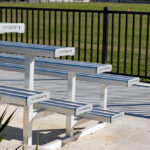
Muddy to Match-Ready: Cleaning Your Aluminium Benches
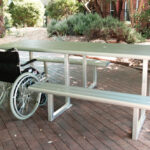
Making Play Inclusive With Wheelchair-Friendly Settings

